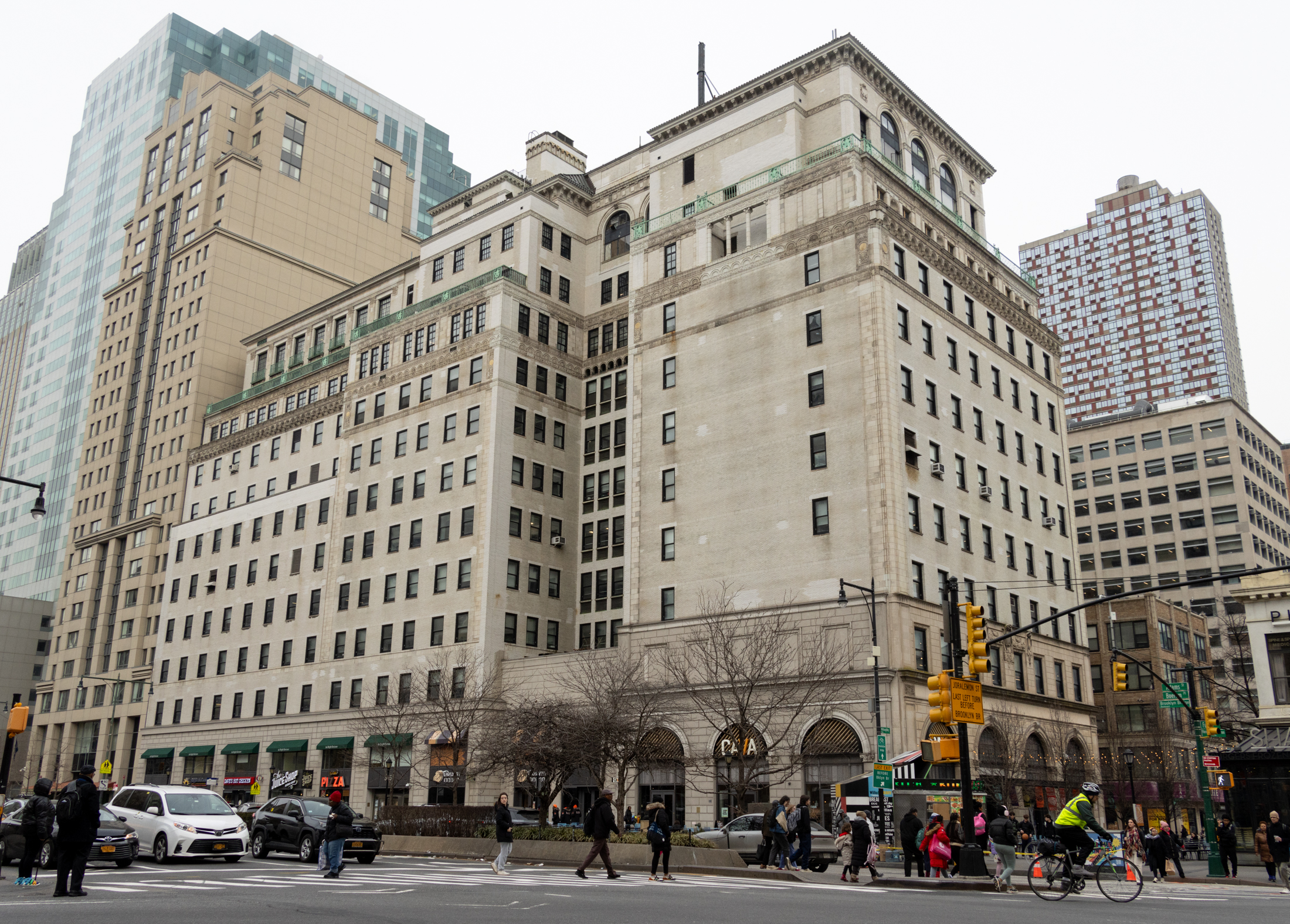They Who Control the Spice: Reusing Elmhurst's E.R. Durkee Spice Factory
If you ride the Long Island Rail Road Port Washington line as I have every day for the past couple of decades, no doubt you have noticed the four-story brick factory on the south side of the tracks the train roars past on 94th Street, about midway between the Woodside and Shea Stadium (now Mets Willets…

If you ride the Long Island Rail Road Port Washington line as I have every day for the past couple of decades, no doubt you have noticed the four-story brick factory on the south side of the tracks the train roars past on 94th Street, about midway between the Woodside and Shea Stadium (now Mets Willets Point) stations. Well, I did, anyway, because I had noted the long-unused train siding, one of the last remaining vestiges of a time when the LIRR was used to move freight. I’m happy to report that the old factory has, instead of being razed for more “Fedders specials,” has been reinvented for the 21st Century as a building housing three high schools.

“Eugene R. Durkee founded a [salad dressing, spice and condiment manufacturing] company in 1851, and by 1857 his original “secret recipe” dressing for salads and meats had won numerous awards for excellence. The company went on to create sauces and gravy mixes, to import olives, and to package and sell shredded coconut. In 1906 the government turned to E. W. Durkee (Eugene’s son) to write federal standards for spices and extracts. This factory at Elmhurst, Long Island (Queens) joined the existing Brooklyn plant in 1917… Durkee Famous Foods was absorbed by the Glidden Company in 1980 and then transferred to the Consumer Products Division of the SCM Corporation.”
Above we see the Durkee factory soon after its completion from the 94th Street side, which was its main entrance (I wonder whatever happened to those massive stone panthers(?) on either side of the door!) On the right side is the LIRR and the siding.
Hmmm… “playground” meant something different in 1917, I suppose. From the Durkee manual, with its gorgeous typography:
“The building is 400 feet long and 100 feet wide, 85% of the outside of the building is glass (there is not a dark corner in the building). It is placed in a plot of nearly ten acres in the residential part of the town of Elmhurst, Long Island. The ventilation is perfect. It is fireproof, dust proof and vermin proof. There is no possibility of outside contamination. We own and opccupy exclusively the entire building. The ground surrounding it is a park with flowers and shrubbery, and on one side a playground for employees. The railroad siding alongside of our building — capacity eight cars — permits us to receive or to ship to any part of the United States from our own doors.”
Here’s a photo of the office area, complete with rolltop desks. Note the panther on the right side — two of them flanked the front entrance. As the manual said, the room looks flooded with light. The manual said of the dining room:
“The large dining room has window boxes of growing, flowering plants, a piano, a wireless set — and in bad weather the girls dance and sing. In good weather they use the park as a playground or lounge. We have two teams of baseball for girls, and two teams for men — croquet, etc.’
I’m not sure when Durkee moved out of the building. I heard that it served as a leather ‘factory’ for awhile. In 2007, renovation work began and the work was completed the next year, when it became the Elmhurst Educational Campus, consisting of three separate high schools — I have seen that number as four elsewhere. SBLM Architects, which oversaw the redo, has an item on its website that says:
“The project required a complete interior gut-renovation with selected demolition while the exterior was preserved due to its historical significance… The project involved coordination with SHPO (State Historic Preservation Office) and LIRR (Long Island Rail Road).”
As you can see, the front of the factory facing Corona Avenue has been again given over to use as a ‘playground,’ this time a real one with a track, field and basketball court.
1917 Durkee photographs courtesy of Old Elmhurst.













What's Your Take? Leave a Comment